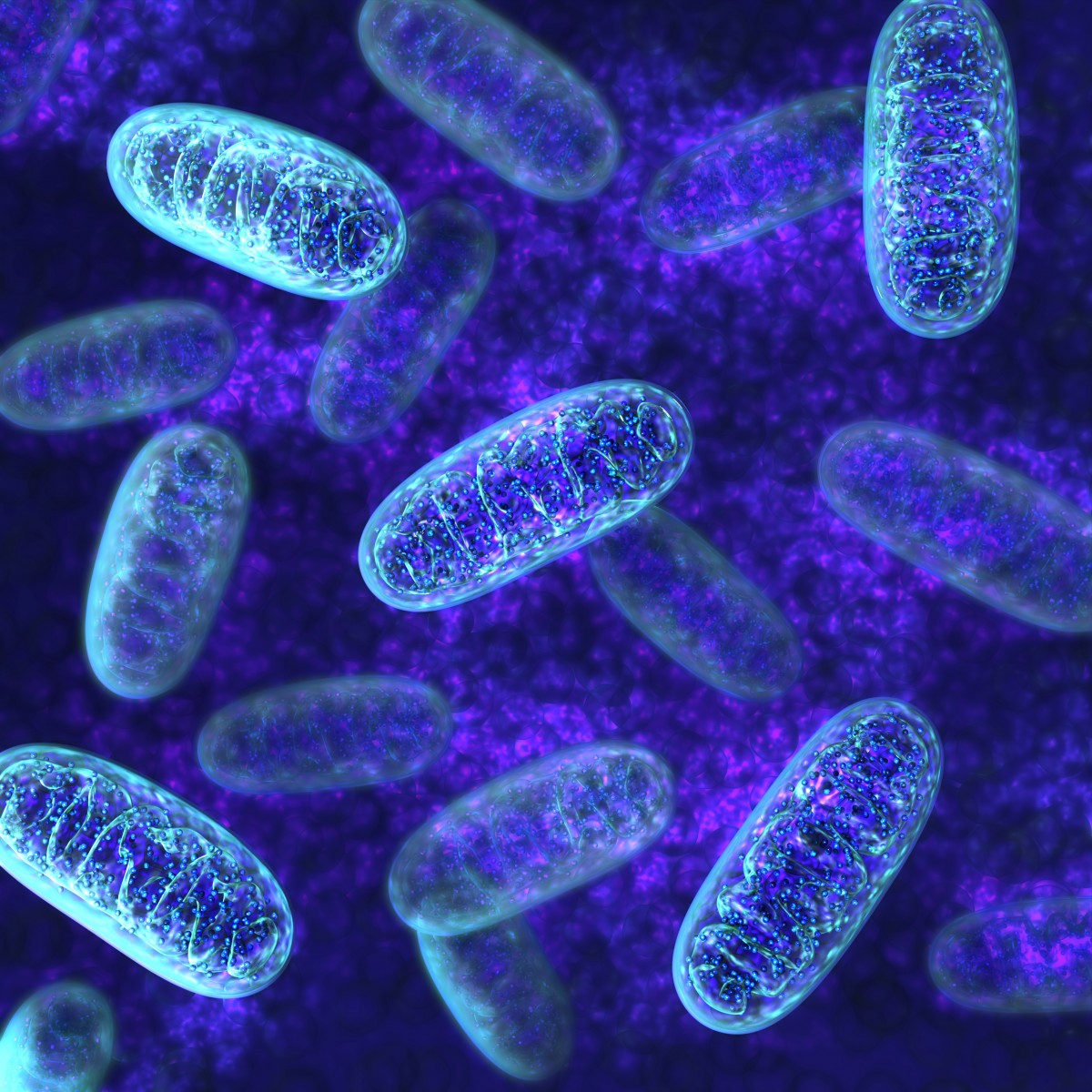Protein That Helps Our Circadian Clocks and Mitochondria Work Together Identified in Study

Exactly how the circadian rhythm — our 24-hour internal clocks — and mitochrondria — our cell’s energy producers — cross talk to coordinate their work and maintain cellular health appears to rest on the workings of a protein called DRP1, researchers report.
Their study, “Circadian Control of DRP1 Activity Regulates Mitochondrial Dynamics and Bioenergetics,” was published in the journal Cell Metabolism.
Mitochondria are small organelles that carry out cellular metabolism to produce a cell’s energy (also known as ATP) through a process known as mitochondrial respiration. Scientists have suggested that cellular metabolism is coordinated by the circadian clock.
That clock, an organism’s internal biological clock, is a network that synchronizes the metabolic pathways of cells to the optimal time of day, by anticipating periodic changes in the external environment.
“The time of day determines the design of the mitochondrial network, and this, in turn, influences the cells’ energy capacity,” Anne Eckert with the University of Basel’s Transfaculty Research Platform Molecular and Cognitive Neurosciences, and the study’s leader, said in a press release.
Disruptions to the circadian clock is known to affect mitochondrial respiration and cellular energy, but exactly how the two interact — the mechanism that links them — is not well understood.
Mitochondria are very dynamic structures, constantly adapting to a cell’s changing conditions. In this way, mitochondria have the ability to fuse together (fusion) and then divide (fission), depending on a cell’s needs. Things that work against the ability to fuse and divide can lead to health problems.
The researchers showed that the circadian clock and mitochondria interact through a protein called the dynamin-related protein 1 (DRP1), a key mediator of mitochondrial fission. Specifically, they found that the mitochondrial fission-fusion cycle is controlled by this fission protein, which — in turn — is synchronized by circadian rhythm.
To show this, the researchers conducted in vitro experiments (in cells in the lab) and then in vivo experiments in mouse models. In this case, they used DRP1-deficient or clock-deficient mice.
Results showed that blocking or slowing DRP1 activity, whether by altering genes or through chemical compounds, halted (“abolished” is the terms the scientists used) the rhythm of cellular energy production, affecting the circadian clock.
Likewise, blocking pathways that regulate circadian metabolism and mitochondrial function affected DRP1 activity.
“Our findings provide new insight into the crosstalk between the mitochondrial network and circadian cycles,” the researchers concluded.
These findings may help in treating diseases characterized by a poorly regulated circadian rhythm and inadequate mitochondrial function, like Alzheimer’s, they suggested.






